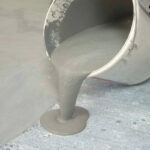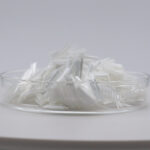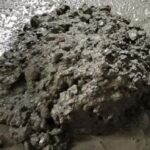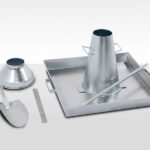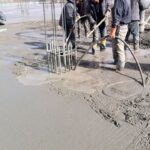In order to meet the construction requirements of concrete and determine the compounding formul.compounding concrete water reducing agent.some factors related to the compounding effect must be considered. Today, I will share six common factors for everyone's reference and learning.
Influence of cement composition
The mineral composition of cement, alkali content, types and content of admixtures, form and content of gypsum, cement particle morphology, particle distribution and specific surface area will affect the rate of slump loss
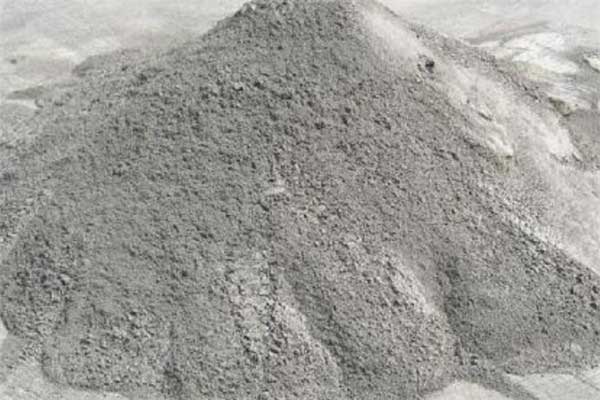
The basic law is:
(1) Cement with high C3A content (more than 8%), high alkali content (more than 1%), and high specific surface area will accelerate the rate of slump loss.
(2) Cement with added hard gypsum as a retarder, or partially transforming dihydrate gypsum into hemihydrate or anhydrous gypsum during the cement grinding process, or insufficient amount of SO3, will make it difficult to control or accelerate the rate of slump loss.
(3) Admixtures with high activity or high water demand in cement will result in faster slump loss, while those with lower demand will result in smaller loss (such as limestone powder, slag, and fly ash).
(4) Improper cement morphology, particle composition, and distribution (referring to the type of grinder and grinding process) will result in faster slump loss.
(5) Cement with high temperature at the time of production (referring to bulk cement) will result in faster slump loss.
Influence of free water content
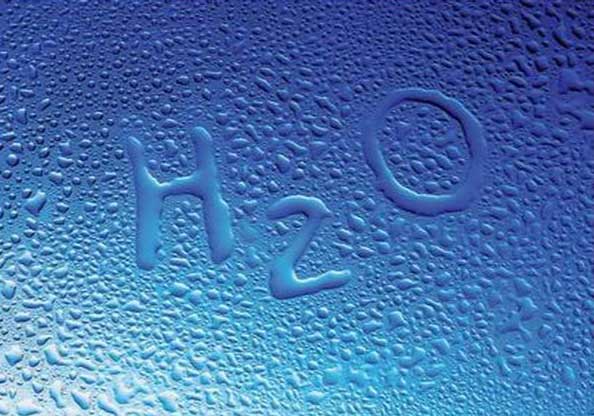
There are bound water, adsorbed water, and free water in cement slurry, and the proportion of these three types of water changes during the hydration process of cement. After water is added to cement, C3A starts to hydrate and consumes a large amount of water to produce chemical bound water. With the progress of initial hydration, a large amount of gel is produced, which increases the specific surface area of the dispersed phase. Due to surface adsorption, a large amount of adsorbed water (gel water) is produced. The production of bound water and adsorbed water reduces the amount of free water and gradually decreases the fluidity of the slurry over time. Through the use of compound water reducing agents to produce dispersion and control the hydration process, the amount of bound water and adsorbed water can be reduced, while the amount of free water increases, thereby reducing the loss of fluidity.
Influence of admixtures
The influence of admixtures on the slump loss of flowing concrete mainly lies in four aspects:
(1) The water demand ratio of admixtures should be less than 100%, otherwise the slump loss will be faster.
(2) Admixtures with moderate activity will result in faster slump loss.
(3) The fineness of admixtures should be moderate. If the specific surface area is too large, the amount of water used in concrete will increase and the slump loss will accelerate.
(4) When the SO3 content in admixtures is low, the resulting concrete mix will have a larger loss.
Influence of sand ratio
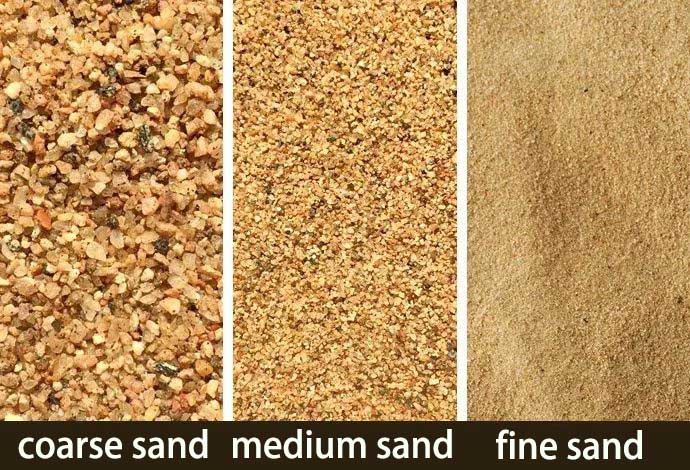
Appropriate sand ratio in the preparation of flowing concrete can ensure good workability and strength. The optimal sand ratio must be calculated according to the stone void ratio. However, the traditional mix design method believes that the lower the sand ratio, the higher the strength, which obviously cannot meet the workability requirements of flowing concrete. In addition, experiments have shown that when the sand ratio is low, the flowing concrete has poor water retention, which is prone to segregation and bleeding. When the sand ratio is high, the slump loss is faster and cannot meet the workability requirements. The influence of various factors on the sand ratio is as follows:
(1) The sand ratio increases as the stone void ratio increases.
(2) The sand ratio decreases as the volume of the slurry increases.
(3) The sand ratio decreases as the maximum particle size of the stone increases.
Influence of environmental temperature

Temperature affects the hydration and hardening rate of cement. As the temperature increases, the hydration and hardening rate of cement will accelerate. Therefore, the environment affects the rate of slump loss of flowing concrete. The performance is as follows:
(1) When the temperature is below 10°C, the slump loss of flowing concrete is slow or almost non-existent.
(2) When the temperature is between 15-25°C, the fluctuations in temperature make it difficult to control the slump loss.
(3) When the temperature is above 30°C, the cement curing time does not further accelerate, and the temperature changes are small, making it easier to control the slump loss.
Methods to delay slump loss
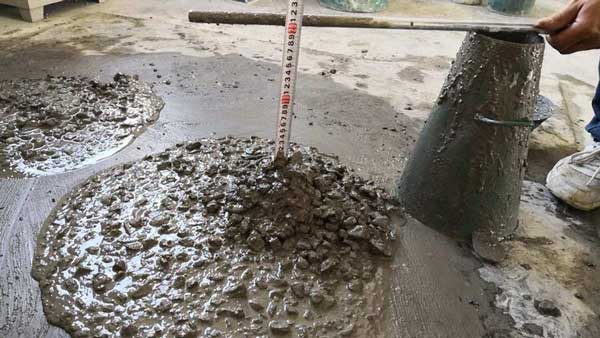
(1) Increase the dosage of high-performance water reducing agents and improve the initial slump.
(2) Adjust the composition and dosage of the retarding component.
(3) When preparing pumping agents with lignosulfonate water reducing agents, the dosage should not exceed 0.15%, and a stabilizing agent should be added.
(4) When using high-efficiency retarders and air entraining agents, a stabilizing agent should also be added.
(5) If under-sulfurization is detected, soluble SO3 should be added.
(6) Early strength agents that can delay the hydration induction period can also control slump loss.
(7) Adjusting the sand ratio can delay slump loss.


